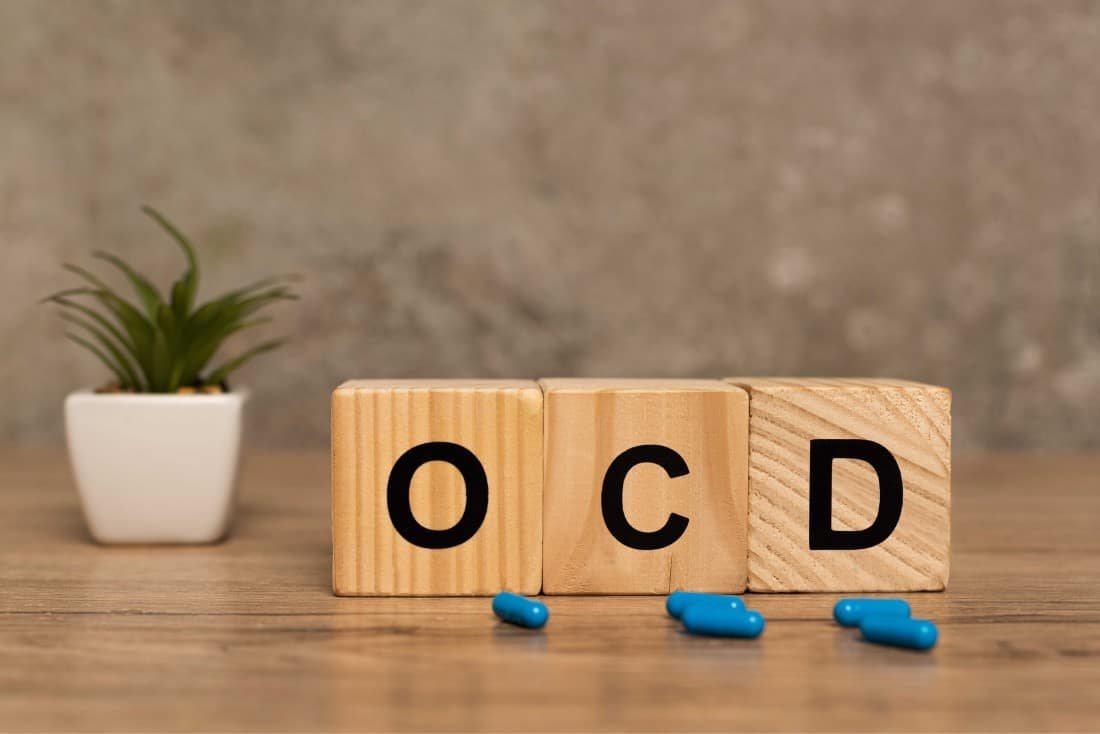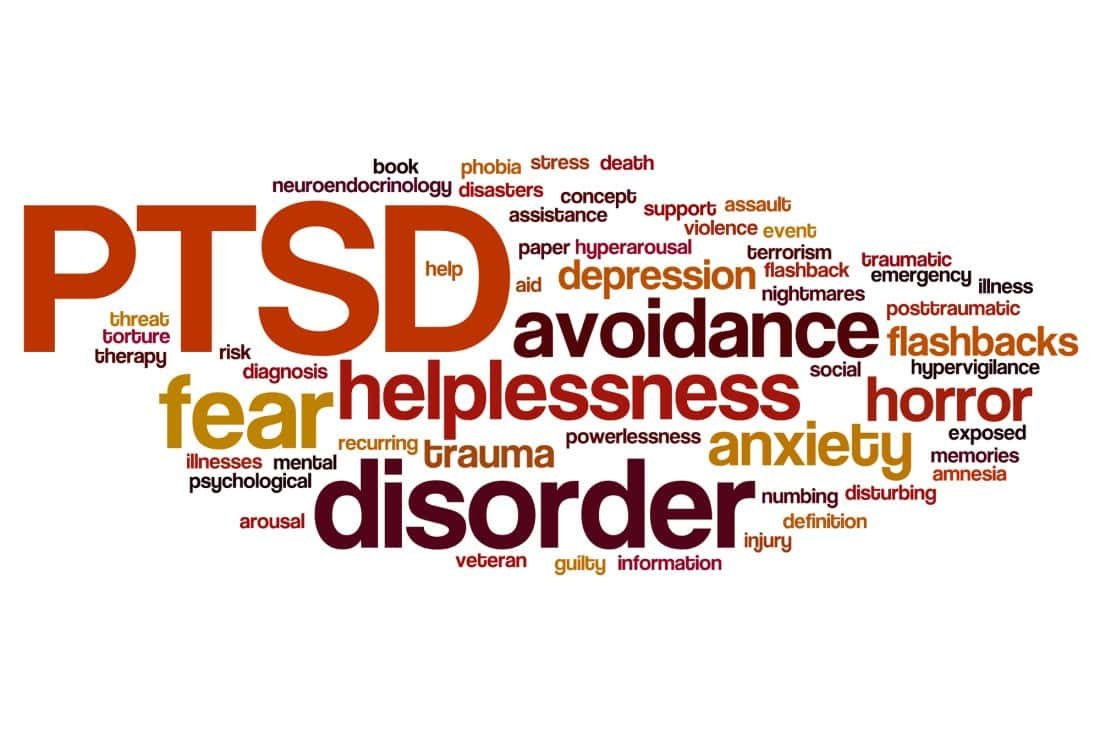Affective Disorders (Symptoms Causes and Treatment)
Affective disorders, also known as mood disorders, are a type of mental disorder characterized by changes in mood. These can include major depressive disorder, bipolar disorder, dysthymic disorder, and others.

While the exact causes of these disorders are not known, they are thought to be caused by a combination of biological, psychological, and environmental factors. Treatment for affective disorders typically includes medication and/or psychotherapy.
In this blog post, we will discuss the symptoms, causes and treatment options for affective disorders in more detail.
Around 9.7 percent of individuals in the United States aged 18 and older experienced a mood disorder in the previous year. Women were more likely than men to suffer from mood disorders in a given year (11.6 percent vs. 9.9 percent) (7.7 percent ).
There is an estimated 21.4 percent chance that an adult may suffer from a mood illness in their lifetime. A mood disorder affects one’s capacity to operate because one’s overall emotional state or mood is skewed or discordant with one’s current situation.
Melancholy may be by feelings of sadness, emptiness, and irritability, or it can be by bouts of depression alternating with moments of excessive happiness (mania).
As with sadness, anxiety disorders may harm your mood. Depressive or bipolar conditions might exacerbate suicidal thoughts and actions.
Here are the affective disorders, symptoms, causes, and treatments to know more about them.
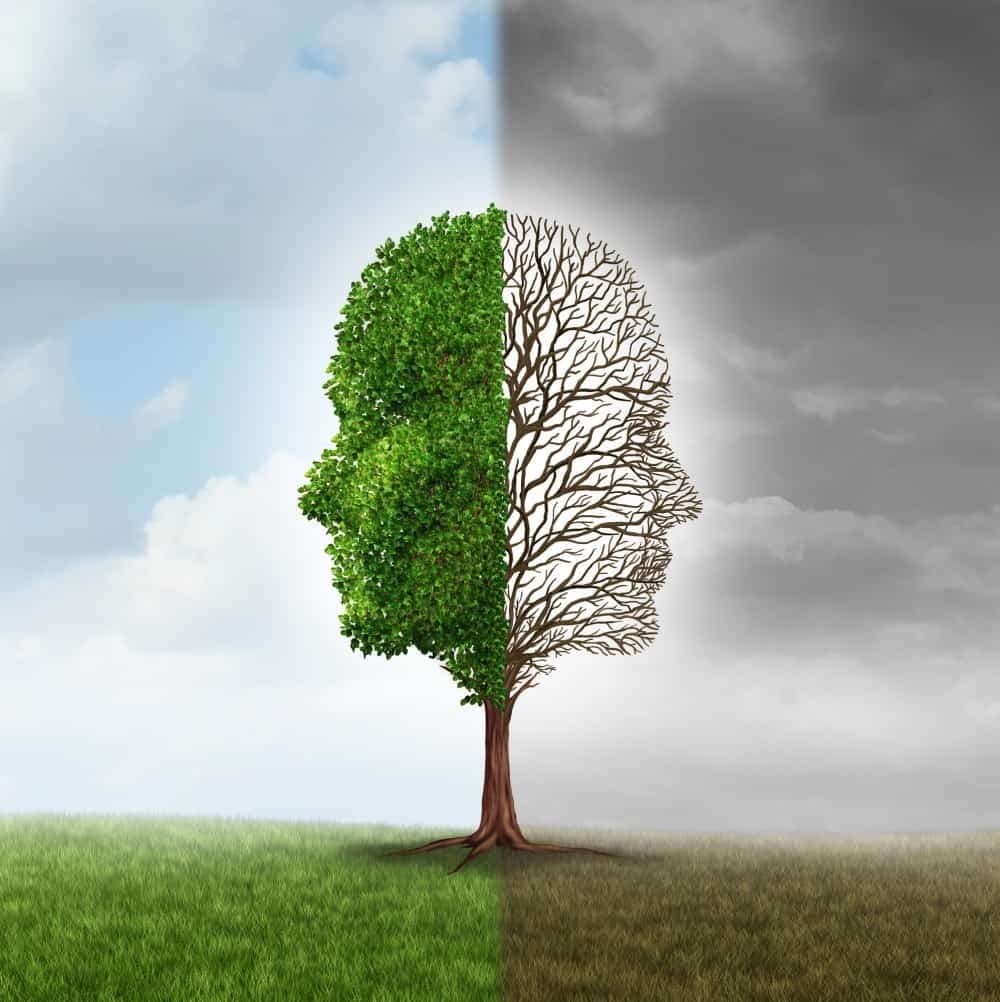
What are the symptoms of a depressive disorder?
A mental disease that primarily impacts an individual’s emotional well-being is a mood disorder. It is natural for someone’s mood to shift in response to their circumstances.
However, for a mood disorder to be recognized, symptoms must persist for many weeks or longer. A person’s conduct and ability to do routine duties at work or school might be affected by mood disorders.
This article will discuss these illnesses in general and a few of their numerous subtypes.
Types of Affective Disorders
Depression (major or clinical depression)
Symptoms vary depending on the ailment that the patient is suffering from. When faced with a challenging life event or crisis, such as the death of a loved one, job loss, or severe illness, grief or melancholy are normal responses.
When, however, the depression persists after stressful circumstances have passed or when there is no obvious explanation, physicians define the depression as clinical or severe depression. Clinical depression is diagnosed when symptoms persist for at least two weeks.
Depression comes in a variety of forms. Symptoms vary depending on the ailment that the patient is suffering from.
- Postpartum depression (peripartum depression), this kind of depression develops during or immediately following childbirth.
- Dysthymia (persistent depressive condition) is required to diagnose. Occasionally, the intensity of symptoms may decrease during this period.
- Seasonal affective disorder (SAD) is another kind of depression that manifests itself throughout particular seasons of the year. In most years, it begins in the late autumn or early winter and lasts into the spring and summer. SAD episodes may also start in the late spring or summer; however, this is less common. Winter seasonal affective disorder symptoms may be similar to those of severe depression. They tend to vanish or diminish throughout the spring and summer.
- Psychotic depression: Hallucinations (perceiving or hearing things that others don’t) and delusions are among the psychotic symptoms associated with this type of depression (having fixed but false beliefs). The episodes may be distressing or frightening and frequently revolve around a theme.
- Depression caused by a medical condition, medicine, or alcohol or drug misuse
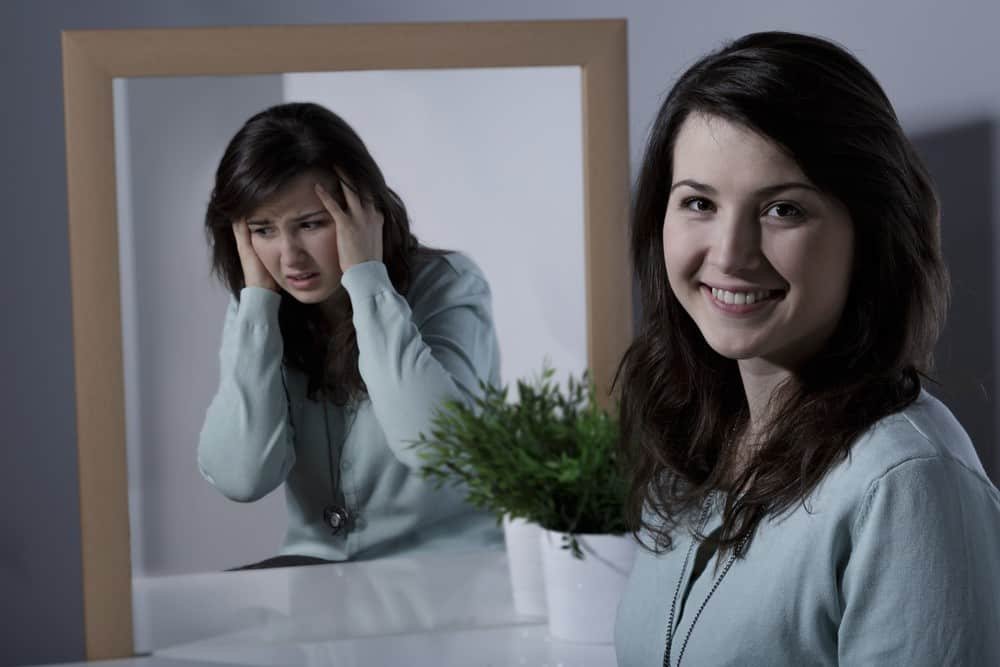
Bipolar illness (manic-depressive disorder)
Bipolar disorder is characterized by mood fluctuations ranging from sadness to mania. When someone is depressed, their symptoms may mimic those of clinical depression.
Manic or manic periods alternate with depressive phases. A manic episode can make a person happy or annoyed, or both, depending on the person’s mood and degree of activity.
Bipolar disorder has four distinct subtypes.
Bipolar I
It is the most severe kind of bipolar disorder. Manic episodes often last seven days or longer and may be tough enough to need hospitalization.
Depressive episodes, which frequently last at least two weeks, will also occur. At times, both mania and depression symptoms coexist.
Bipolar II disorder
This condition is depressive cycles comparable to bipolar I. Additionally, a person experiencing this disorder may have hypomania, a milder version of mania.
Hypomanic phases are less severe and disruptive than manic episodes. Individuals suffering from bipolar II conditions can manage everyday duties and do not require hospitalization.
Cyclothymia disorder (cyclothymia)
This subtype of bipolar illness has been referred to as a milder variant. For lengthy periods, people with cyclothymia suffer continual unpredictable mood swings – from mild to moderate emotional “highs” to calm to intermediate emotional “lows.”
Additionally, mood swings can occur rapidly and at any time. Normal moods last for a bit of time.
To be diagnosed with the cyclothymic disorder in an adult, symptoms must persist for at least two years. The symptoms must continue for at least one year in children and teenagers.
“Other” or “unspecified” bipolar disorder
Symptoms of this form of bipolar illness do not satisfy the criteria for the other categories. Yet, individuals nevertheless experience major, abnormal mood fluctuations.
Other mood disorders include:
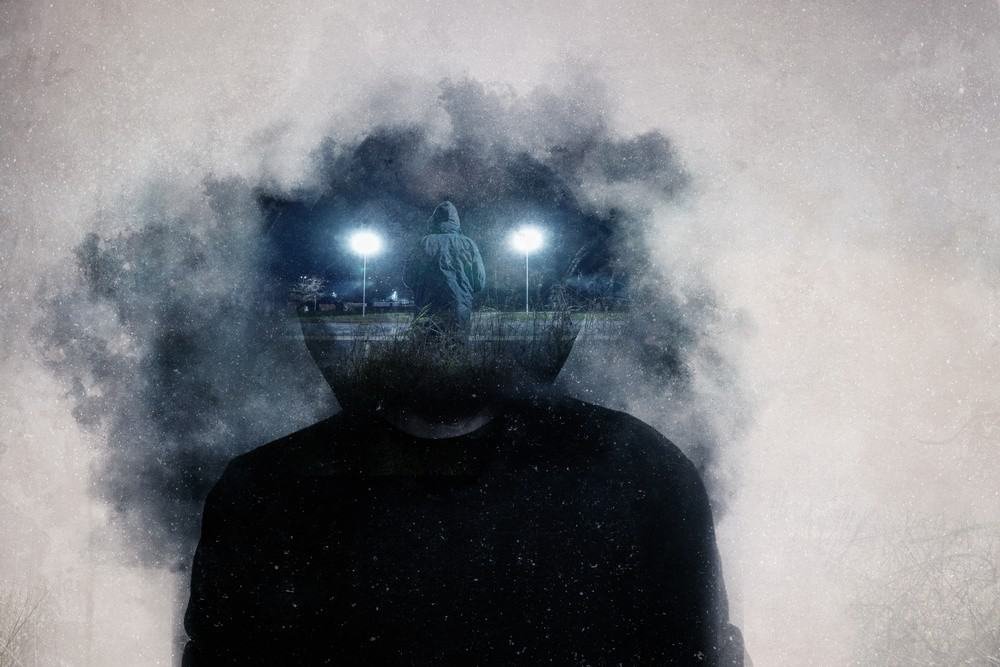
Premenstrual dysphoric disorder
This mood disorder develops seven to ten days before menstruation. It resolves within a few days of the menstrual cycle beginning.
According to researchers, this condition is caused by hormonal changes associated with the menstrual cycle. All possible symptoms are anger, irritation, stress, decreased interest in typical activities, and sleep issues.
Intermittent explosive disorder
This is a less well-known mood disorder characterized by outbursts of rage. It is sometimes referred to as “flying into a fury without cause.”
The behavioral outbursts of an individual with the intermittent explosive disorder are out of proportion to the situation.
Who is at higher risk of depression?
The causes of depression are not fully understood, but it’s believed to be caused by a combination of genetic vulnerabilities and environmental influences.
Some studies have found that women may experience this illness at higher rates than men (10% versus 6%), which experts suggest could be due in part thanks hormonal factors.
What factors contribute to mood disorders?
Depending on the type of disease, there may be numerous underlying reasons. Mood disorders have been linked to various genetic, biochemical, environmental, and other variables.
Among the risk factors are the following:
- Prior diagnosis of a mental illness in the family
- In the case of depression, trauma, stress, or significant life changes all have a role.
- A disease of the body or the usage of certain drugs
- Depression has been related to several severe disorders, including cancer, diabetes, Parkinson’s disease, and cardiovascular disease.
- In the case of bipolar disorder, the structure and function of the brain are altered.

What are the most frequent signs of mood disorders?
The symptoms of a mood disorder might differ depending on the type of sickness. Among the symptoms of severe depression are the following:
- Suffering from depression the most of the time, or nearly every day
- Lack of energy or a lethargic sensation
- Feeling insignificant or forlorn
- Appetite loss or overeating
- Weight gain or loss
- Loss of interest in previously pleasurable activities
- Sleeping excessively or insufficiently
- Frequent thoughts of suicide or death
- Concentration or focused difficulties
Bipolar illness can manifest itself in both sadness and mania. Among the symptoms of hypomanic or manic episodes are the following:
- Excessively energized or elated
- Rapid communication or movement
- Angry, restless, or irritable
- Risky conduct, such as excessive spending or irresponsible driving
- An unusual surge of the activity or attempting to do too many tasks concurrently
- Insomnia or inability to sleep
- Feeling jittery or tense for no discernible cause
What Causes Affective Disorders?
The causes of affective disorders remain a mystery. Neurotransmitters, or brain chemicals, play a significant part in mood regulation.
When they are out of balance in any manner or do not communicate effectively with your brain, an emotional disorder can occur. The actual reason for the imbalance is unknown.
Life experiences can trigger affective disorders. A stressful experience or emotional loss can trigger depression or another affective disease. Alcohol and drug abuse are other risk factors.
Additionally, there appears to be a hereditary component. If a member of your family has one of these conditions, you are more likely to get one as well.
This condition indicates that they are inherited. However, it does not suggest that you get an emotional illness simply because a family member does.

Affective disorder treatments
Medication and therapy are the two primary therapeutic options for affective disorders. Treatment is frequently a mix of the two.
Numerous antidepressant medicines are available. You may need to experiment with many before finding one that effectively relieves your symptoms without causing excessive adverse effects.
Psychotherapy is a critical component of treatment in addition to medicines. It can assist you in learning to manage your illness and perhaps modify contributing habits.
Along with therapy and medicine, Doctors may employ additional techniques to treat some forms of depression. Vitamin D supplements and light therapy, provided by specialized lamps, are examples.
Before using any over-the-counter supplements to treat your ailment, see your doctor. Additionally, your physician may prescribe specific lifestyle adjustments, such as frequent exercise, a regular sleep pattern, and a nutritious diet.
How does affective disorder affect a person?
The mood swings of those who suffer from mental illness can be quite extreme.
They might experience depression followed by mania, or feel like they’re on an endless emotional rollercoaster between sadness and anger without any warning signs to indicate when one emotion will subside before another takes its place.

Is anxiety disorder an affective disorder?
Anxiety can be considered a consequence of mood disorders, but it should not itself fall into the category.
The reason is that anxiety often leads to feelings like hopelessness and fear which are distinct from what we feel during an acute episode of depression or mania respectively.
Bottomline
It is possible to recover from an affective illness with proper and long-term therapy. Understanding that these affective disorders’ symptoms causes and treatment is critical in most circumstances.
They frequently require long-term care. While some cases of affective disorders are severe, most persons who are treated may lead to everyday existence.




